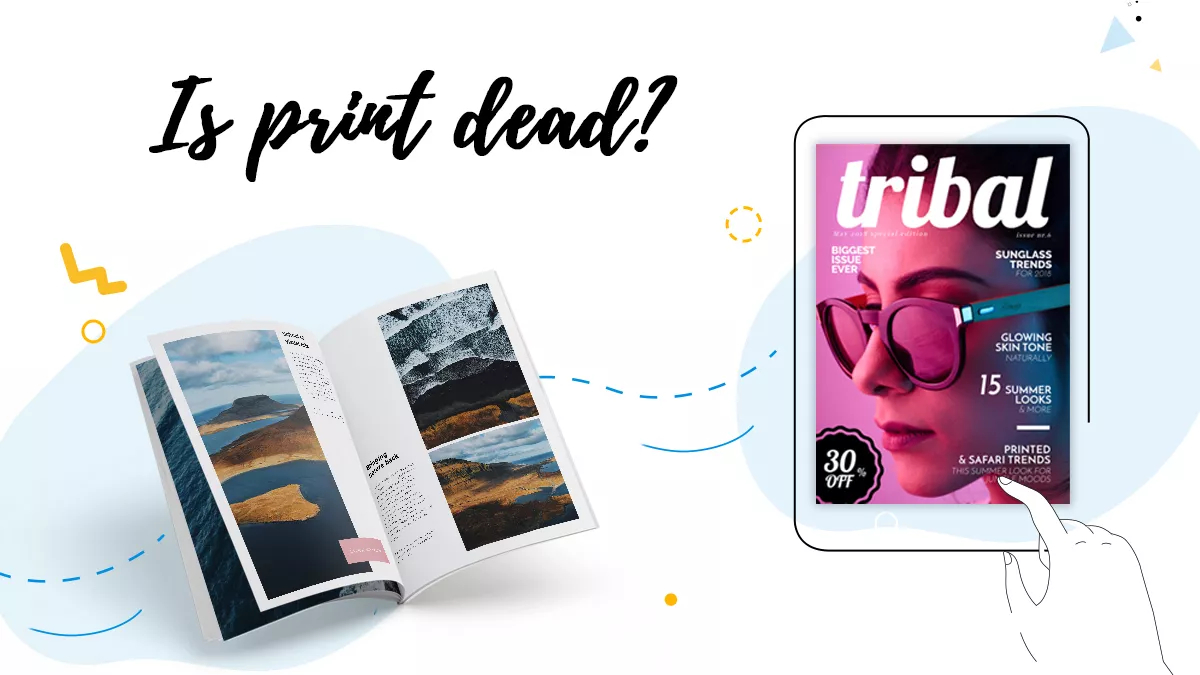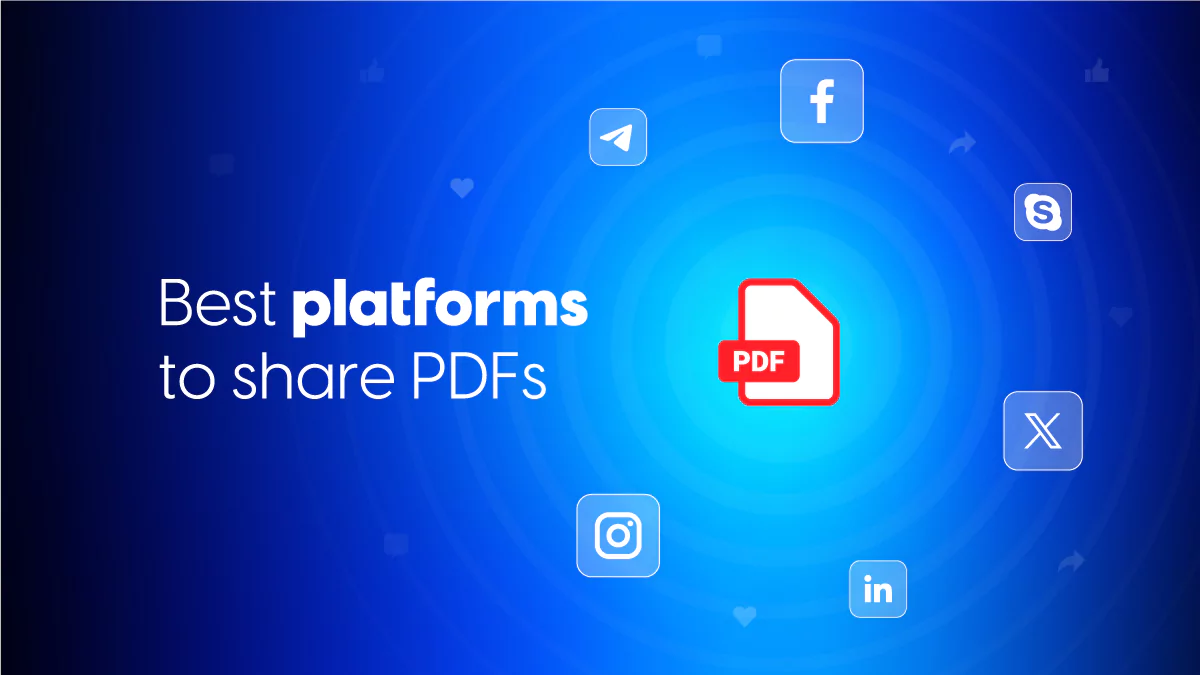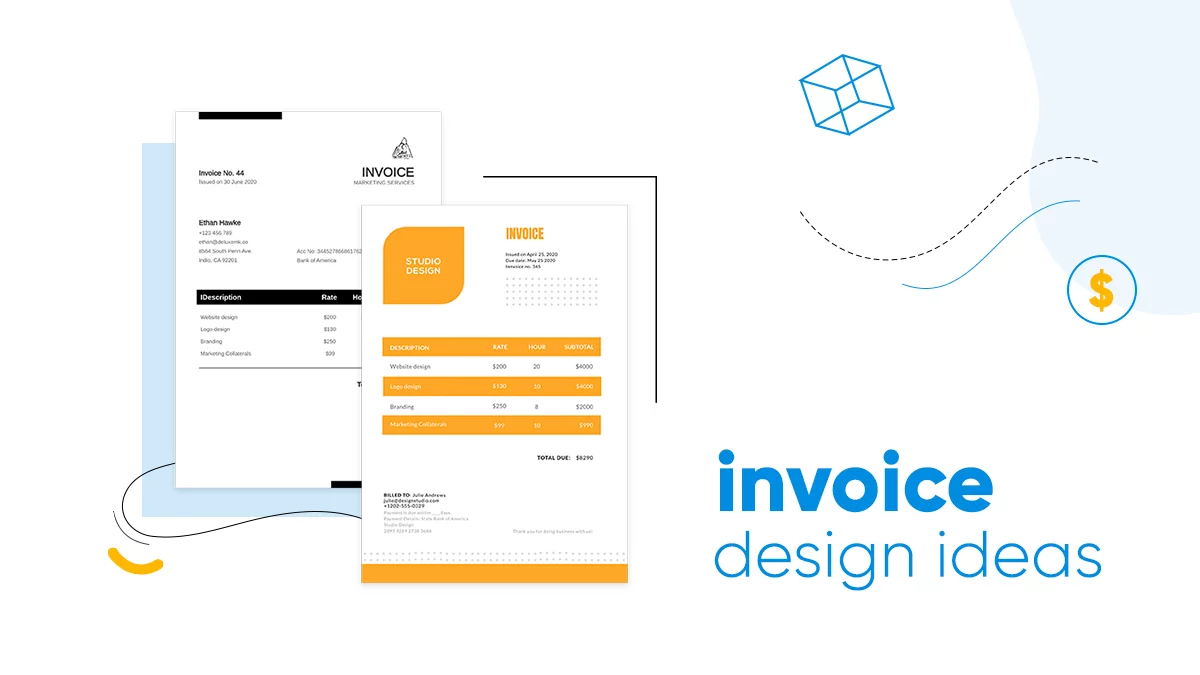Is print dead? Or just changing?
Video killed the radio star
Video killed the radio star
Pictures came and broke your heart
Oh, a, a, a, oh
You might ask yourself: What does The Buggles’ song from the 70s have to do with the question we ask ourselves today: Is print dead? Quite a lot.
Let me explain. Not so long ago, with the rise of social media and internet penetration, many hurried to declare print’s death. Publishers and many media outlets started questioning whether people will buy print magazines again. And for good reason. With the internet facilitating information sharing, news dies faster than ever. Just think about your Facebook or Twitter feed. Change is happening at a much faster rate than ever.
Wherever you are in the world, at any given time, there is a way to access content instantly. Whether that be your social channels, an article, or a simple email, this sort of access has been a game changer for everyone in the digital space. And just like every other outlet in this space, publishing has been affected, too.

This takes us back to the main question of this article: Is print dead? Will digital kill print? Because video didn’t necessarily kill the video star as The Buggles sang about.
Will print media change (If it hasn’t already)?
I’m almost sure about it. But stick with me to see how.
Print vs digital.
Before answering the “Is print dead?” question, we need a bit of context around this subject.
When was the last time you bought a newspaper, magazine, or even a book?
Why am I asking this? I recently read an article on Forbes about Meghan Markle’s guest edit of British Vogue’s 2019 September issue being the magazine’s fastest-selling issue, in print, with copies flying off the shelves and selling out in ten days.
Meghan Markle and Vogue
In a time when most people consume mostly digital content, the fact that the September 2019 Vogue managed to sell out its print edition in 10 days is truly remarkable (pun intended).
The royal couple seem to be selling everything they’re touching or wearing. You see, these types of magazines, like Vogue, sell more or less copies, depending on who’s on the cover.

Do you like Jennifer Aniston? Then you’ll surely want to read any magazine she’s featured on. Especially if she’s answering, once agaaaain, why she never had kids.
Shall we look at this as some competition between the two: print vs. digital? Or more like the struggle of print publications to remain alive and profitable. As I mentioned before, print publications need to adapt and change in order to be competitive.
But first, let’s see some facts. According to Statista, the most popular magazine brand in 2019, in the U.S. was ESPN The Magazine. With an audience of over 105 million people, the publisher announced the end of the print edition of the eponymous magazine. The media giant justified this decision by saying that the vast majority of its readers consume digital content and that it was losing money by keeping the print version alive. So, after 20 years of print, they decided it was time to focus more on reaching their audience through digital.
Even if the print magazine mainly featured long-format content with a big focus on storytelling, they saw a decline in sales starting in 2017.
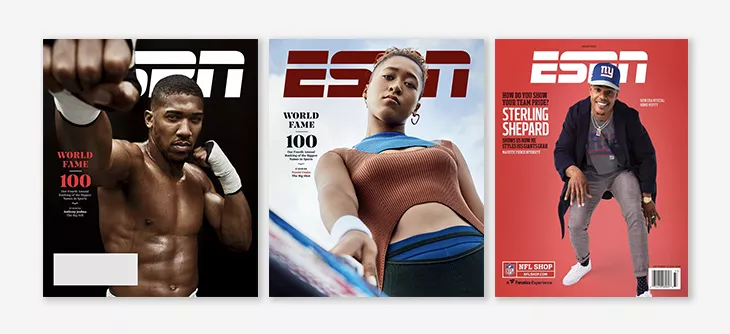
For news outlets such as ESPN, focusing on sports events and immediate news, it makes total sense to put more emphasis on digital rather than print, video playing a major role in their content strategy.
Again, every media outlet is different, and so the decision to have printed content or not should be strategically thought about.
Then, should we hurry to draw a conclusion already? Is print dead? Or just changing? Let’s find out.
War or coexistence?
As with any media industry, innovation sparked change. Television was a major disruptor in the entertainment game of the 20th century. When television started to approach more political subjects, radio quickly adapted. And it does even today. It has to in order to survive as a means of communication.
After years of decline, audio is perhaps, one of the most popular forms in which people consume content in 2020. Yes, I am talking about podcasts. This type of audio storytelling has become a “companion to the individual.”

The radio and podcast example is relevant in this context. The way print survived despite the emergence of digital channels, which made instant communication possible, is a perfect example that innovation will always spark change. Despite the challenges of print monetizing the same way as digital. Also, the fact that there is a constant migration from print magazines to digital, as ESPN did, believe it or not, there are still numerous publications being launched each year.
I’m not talking here about mainstream publications, there are already big media outlets behind these types of magazines and newspapers. Condé Nast is one of the most powerful media outlets in the world, being home to some of the world’s biggest publishing brands such as: Vogue, The New Yorker, GQ, Vanity Fair, Wired, Architectural Digest (AD), Condé Nast Traveler and La Cucina Italiana.
However, there seems to be an indie movement which renewed interest for niche print magazines. A market for publications covering niche topics and interests, mostly consumed by millennials.
Is print dead in 2020?
In a recent talk at the University of Missouri, Bo Sacks, President of Precision Media Group and a member of the US Publishing Hall of Fame, gave a keynote lecture entitled, “The Future of The Magazine Industry in the 21st Century”. You can see the video here.
One of the main aspects he talks about is how print media can thrive in today’s fast-changing publishing ecosystem, with an emphasis on “editorial excellence”. Which takes us back to the niche publication trend I previously mentioned.
Sacks believes that independent magazines focusing on niche subjects have more meaningful ways of connecting with their readers, which often are millennials.

These magazines have more creative flexibility and are often created and run by people who have an interest in certain niche topics. They also have the advantage of knowing their target audience better, being part of it. Not to mention the fact that they look cool, they send a sense of exclusivity, of being part of a certain community. Readers who enjoy this type of content usually buy the print version for their collection. Or, to read in a coffee shop.
Kinfolk magazine
Take for instance Kinfolk magazine, a 144-page quarterly that focuses on the food culture and community. Nothing new here. Launched in 2011 by Nathan Williams who describes his publication as “Being more intentional in how we approach food and community. It’s about gratitude and reverence for the community we have. Taking an overly casual approach shows an error, that we don’t appreciate them as much as we should.”

Kinfolk found a niche that was not being represented as much in mainstream publications before. It represents a sort of lifestyle bible for hipsters and readers from all backgrounds who appreciate its distinctive minimalist aesthetic.
Despite its early sounding success, Kinfolk is the perfect example that niche magazines are not for everyone. But also proof that, by combining both print and online, you can get your content out there, where your target audience is. Kinfolk has over 1.4 million followers on Instagram – a perfectly good medium for finding its readers. Which takes us back to Sacks’ talk where he states that readers who enjoy niche magazines like Kinfolk are probably “The most sophisticated media consumers the world has ever seen”, as they are willing to use traditional media with the same ease they use new media.
Print as part of the marketing mix
Many businesses, such as Facebook or Airbnb still see print as a perfectly good medium to reach a certain audience.
Why do you think they would invest money and time into creating print magazines?
For one, Facebook’s Grow magazine was launched back in 2018 and it comes with a different approach to print. Not a strategy we haven’t seen before. This magazine is self-funded and available in “selected airport and train business lounges” for readers in transit. Also, to help its content get out there, Facebook digital platforms like Instagram and LinkedIn to reach its target audience. A perfect blend between print and online that seems to be a viable content strategy.
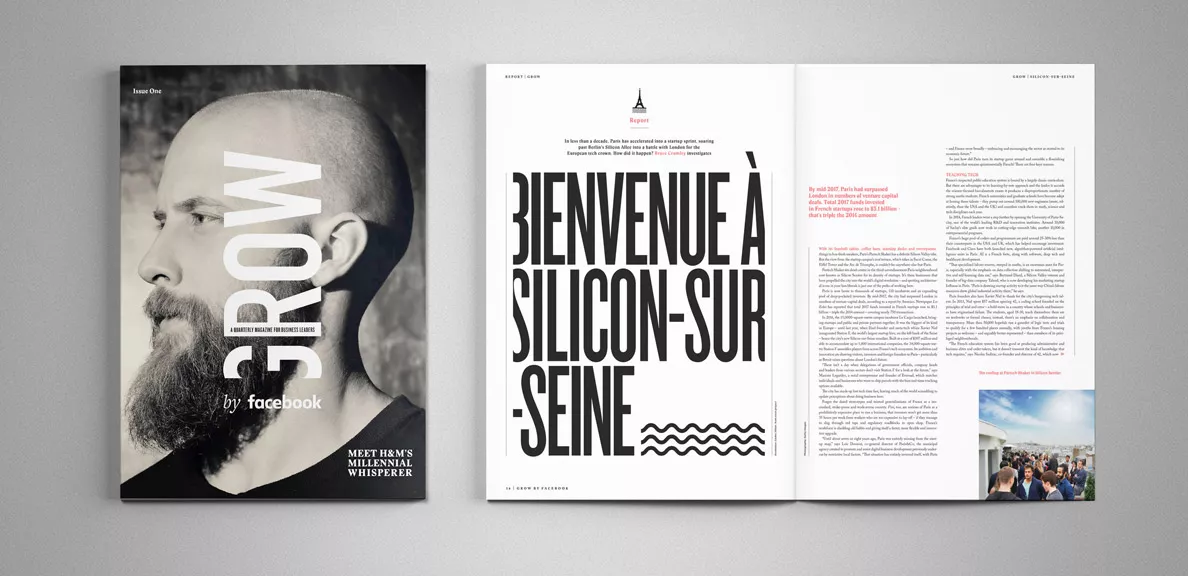
This kind of content strategy comes to strengthen Facebook’s position in the B2B world, enabling business leaders stay ahead of the game by creating and curating insightful content and experiences.
For Airbnb, the digital disruptor to the hotel industry, it makes a lot of sense to run a magazine focused on travel and sense of community. They have access to uniquely crafted content directly from the source. With articles featuring cool individuals and their unique stories from all over the globe, Airbnb can turn itself into a media publishing powerhouse with ease. All, with the help of print.
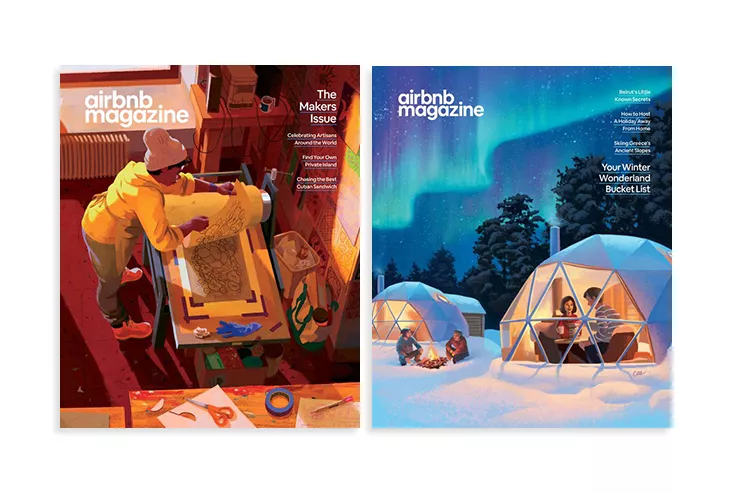
Using print as part of the marketing mix is great for branding purposes or promoting offline events. The main advantage of this type of format is the exact thing that the digital environment lacks: longer attention spans. Sacks, in his talk notes that “Studies have shown that paper stimulates both a stronger emotional response and significantly improved memory and comprehension. While digital media allows for seductive distractions whilst on print there is nowhere else to go.”
Print on Demand with Flipsnack
Flipsnack started as a digital solution for creating and publishing magazines and catalogs. While we believe that our platform gave a voice to the people who wanted to become publishers but lacked the resources, we also understand the importance of printed paper.
Starting today, you can create, download and print. All in one place!
So, is print dead? Or, just changing?
Let’s not hurry to bury this old friend of ours. Print format, whether we talk about newspapers, magazines, or books will not die anytime soon.
Does this mean that the publishing industry needs to find the right approach to printed publications that are also financially viable? Certainly. But we see some new trends evolving: niche publications and businesses using print publications as a means of getting more attention and reaching a valuable target audience in an increasingly crowded and loud digital space.
So, to answer this question and to thank you for sticking with me till the very end; no, print is not dead! It’s just evolving in creative ways. All to deliver the best content to the right audiences.
